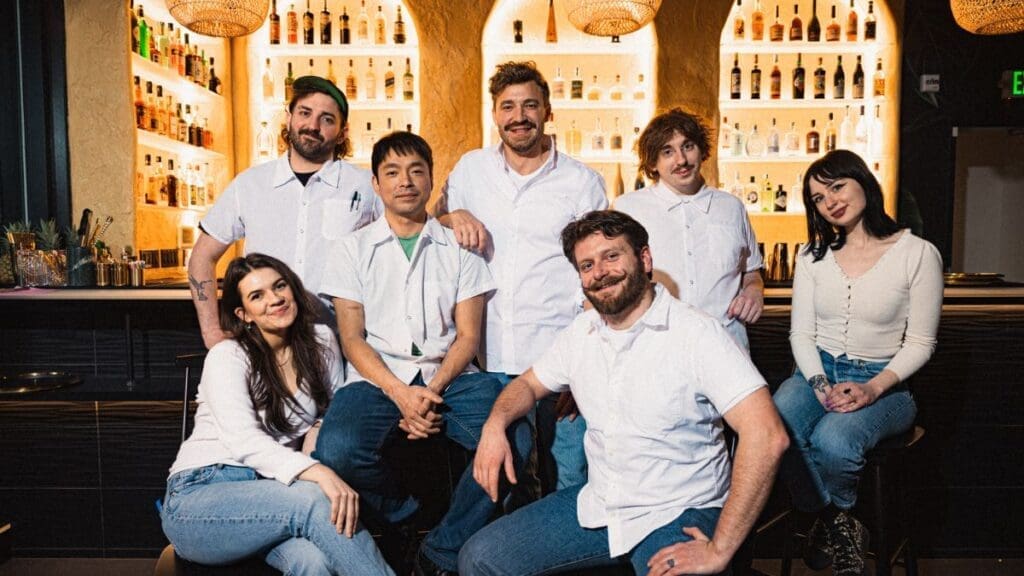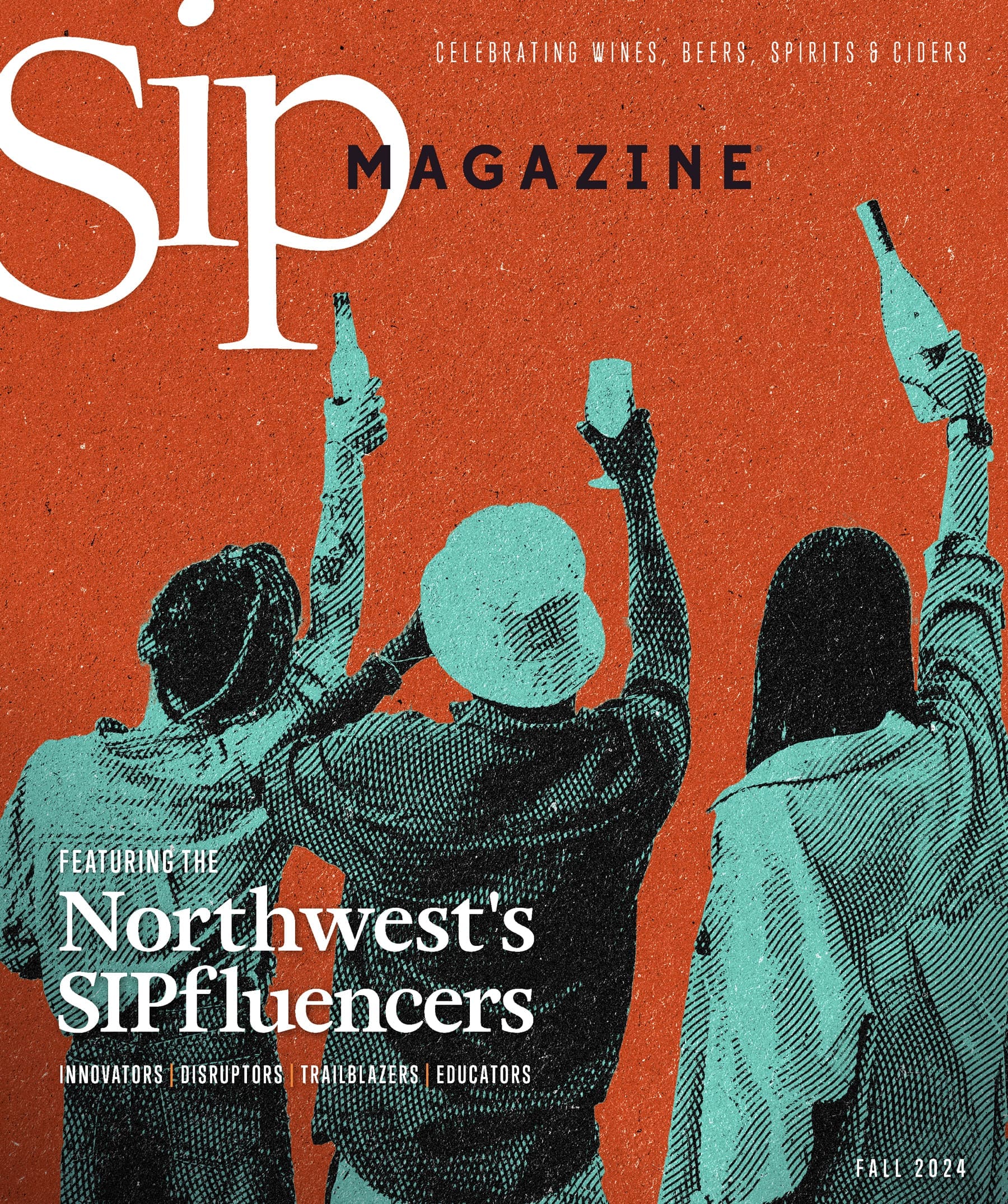Sofrito : /soˈfɾito/ : noun
A flavor base, particularly in Spanish cooking, best known for paella.
Paellero: / pae-ye-ro / : noun
The person making the paella.
“In paella, we like making it here at the restaurant with a focus on sofrito,” says Cory Chigbrow, co-owner of Seattle Spanish tapas bar Pinxto. “We find it to be the heart and soul of the dish.”
In a paella cooking class on Monday night, seven of us ravenous students hovered over individual gas burners topped with individual mini paella pans, eager to hear what classified chef insight Chigbow and sous chef Emelio Sansone might leak. For Chigbrow and Sansone — who run the kitchen at this humble neighborhood joint that has held its location in the constantly revolving restaurant door of Belltown since 2010 — it all starts with the sofrito. Pintxo’s proprietary recipe, like many others, focuses on the slow-cooking of onion, garlic and canned tomato, plus sugar, spices and olive oil, a process that takes a minimum of an hour and deepens in flavor closer to three.
This paella series kicked off for the winter on Monday and is offered on select Monday nights in December, January and February, providing guests with a hands-off experience making one house paella and witnessing the production of another, plus recipes, wine and more wine.
With the strums of Rodrigo y Gabriela playing softly in the background, prepped ingredients were portioned on the table and we dug in on the recipe of mixta paella, a modern paella with chicken, shrimp, sausage and bacon. The gentle guidance of Chigbrow and colorful commentary from Sansone — my favorite was his rhyming rule of thumb for dicing ingredients: “if it looks the same, it cooks the same” — take attendees on a spirited tour through the true simplicity of the traditional Valencian dish.
Outside of the equal dices and sofrito, Sansone says his choice component is the broth. “Once you get the fundamentals, you can really layer on the flavors,” he adds. “Flavors will start resining and developing in the pan.”
A subtle master of one-liners, Chigbrow also offers up touchstone advice, like taping the end of the spoon in the pan while the paella is cooking down to check the rice. Since no stirring is allowed, this allows you to check the cooked condition of the rice: if you hear the metal, there’s still liquid in the dish that needs to cook down. If you hear a “dead,” dull sound, the rice is sticking to the bottom, crisping and nearly ready for eating.
My biggest takeaways from this class: there are no short cuts for sofrito, increasing quantities for a larger party is easy as the proportions typically scale up naturally, there is only one liquid addition (unlike risotto) and you must give it your all. “Go into every paella like it’s the best you’ve ever done,” Chigbrow instructs. “And then it will be.”
Whether or not manifesting your paella’s destiny truly makes a difference in the end, a solid recipe does. And you get two of those at Pintxo’s delicious and time-effective (we cooked, ate, bragged and laughed in just over two hours) course is $90, for more than enough paella to feed a small Castellón village. This bill also includes roughly two glasses of wine and a sherry tasting featuring the benchmark wines of Lustau from Spain’s famed Jerez region.
Paella is also prepared and plated by the two resident paelleros every Sunday, for $16 a plate until the restaurant runs out. The recipes range and flex with the seasons, with a full list of the 2017 year’s remaining menus found on Pintxo’s site.












